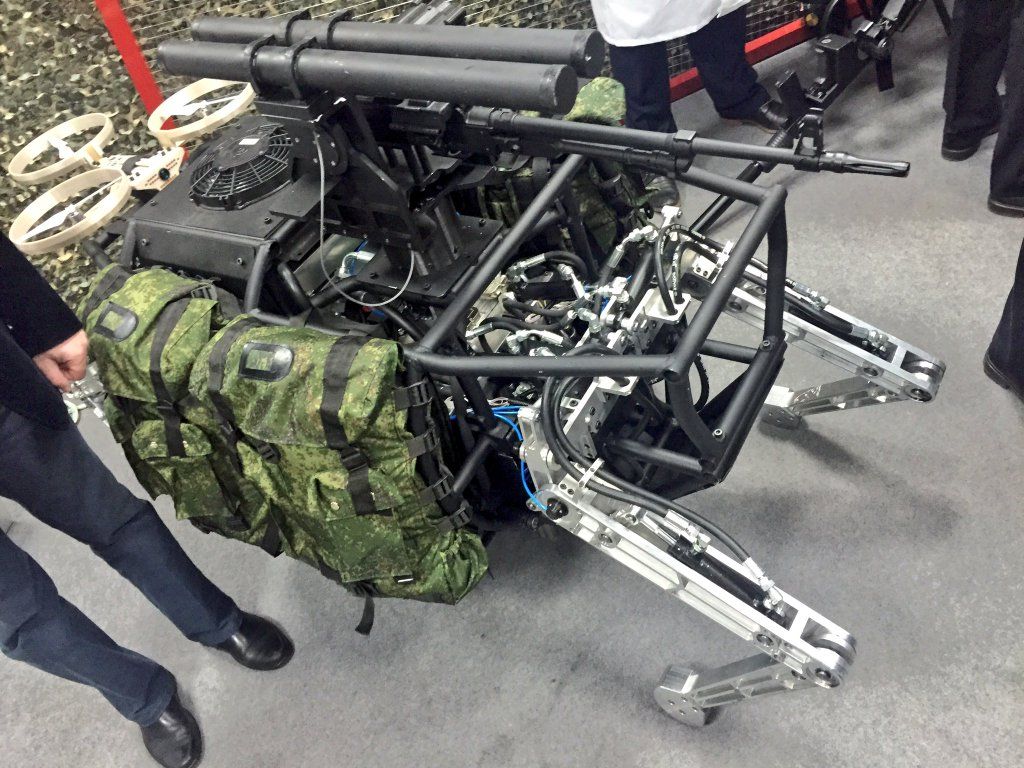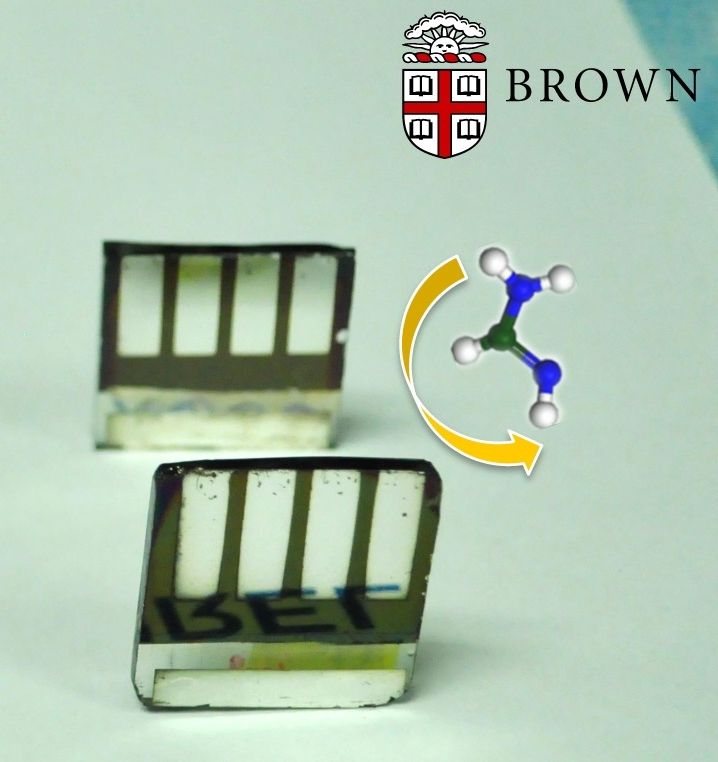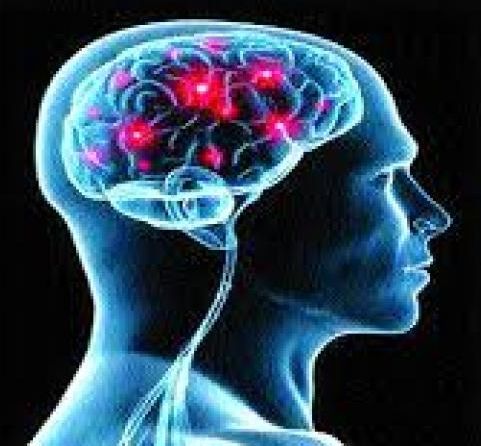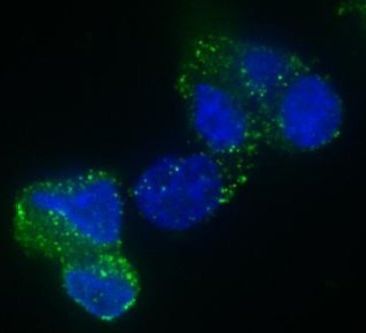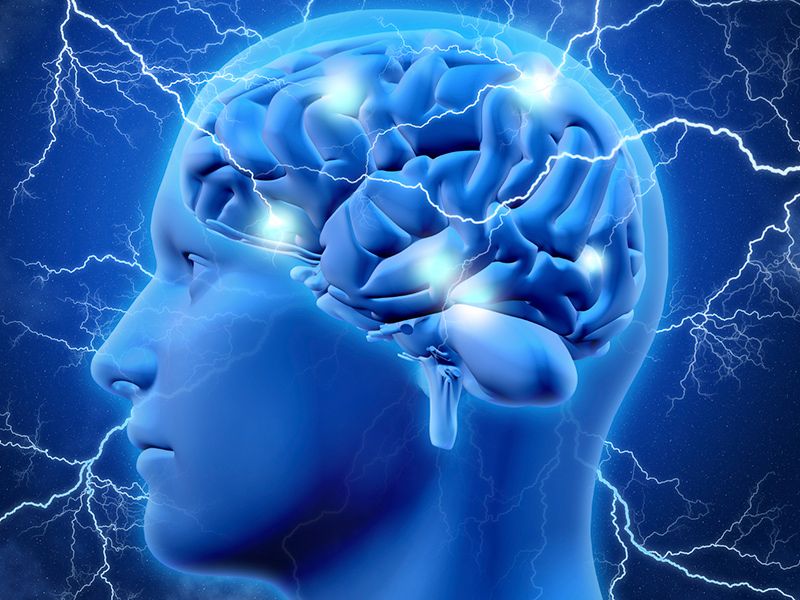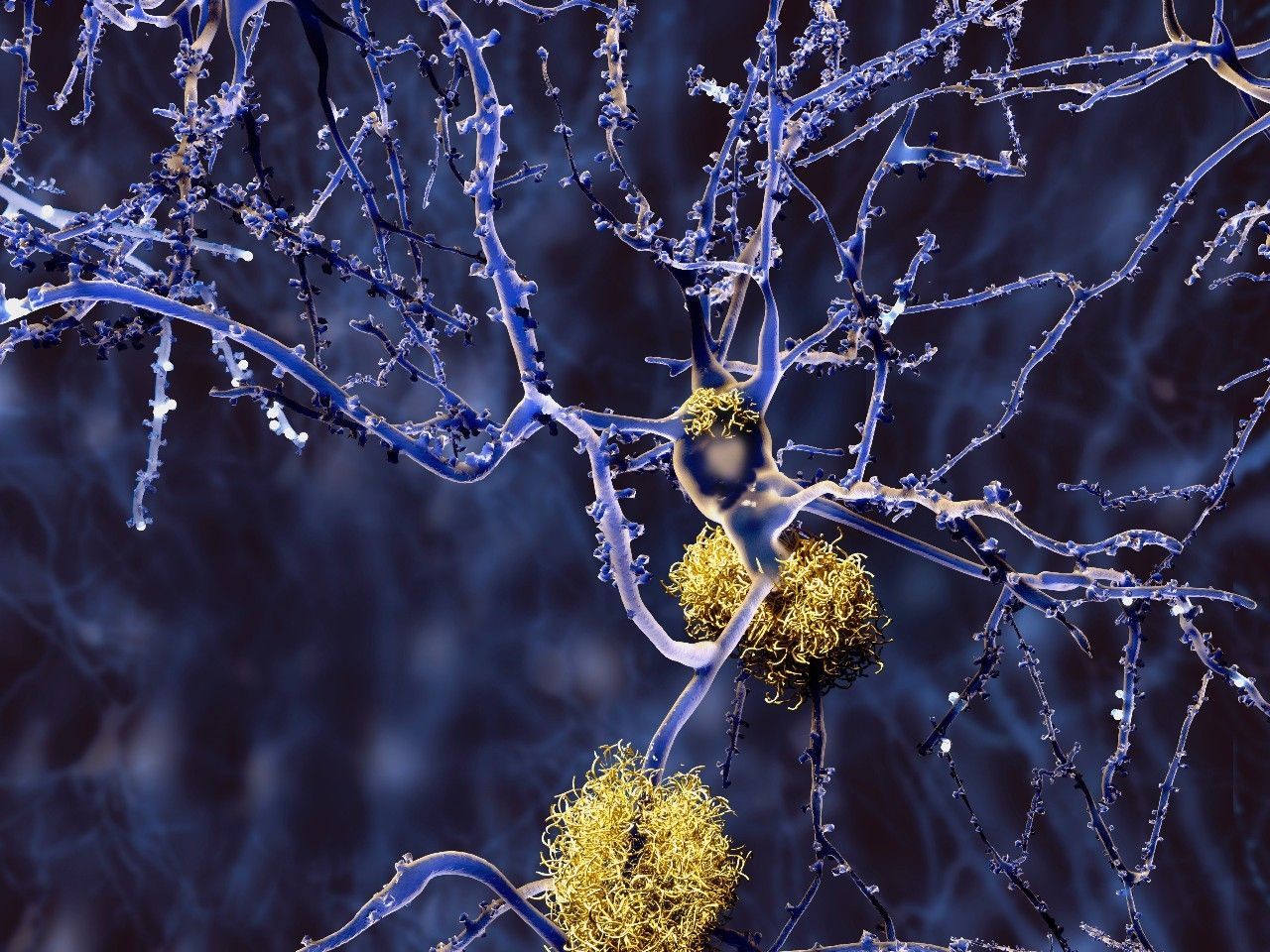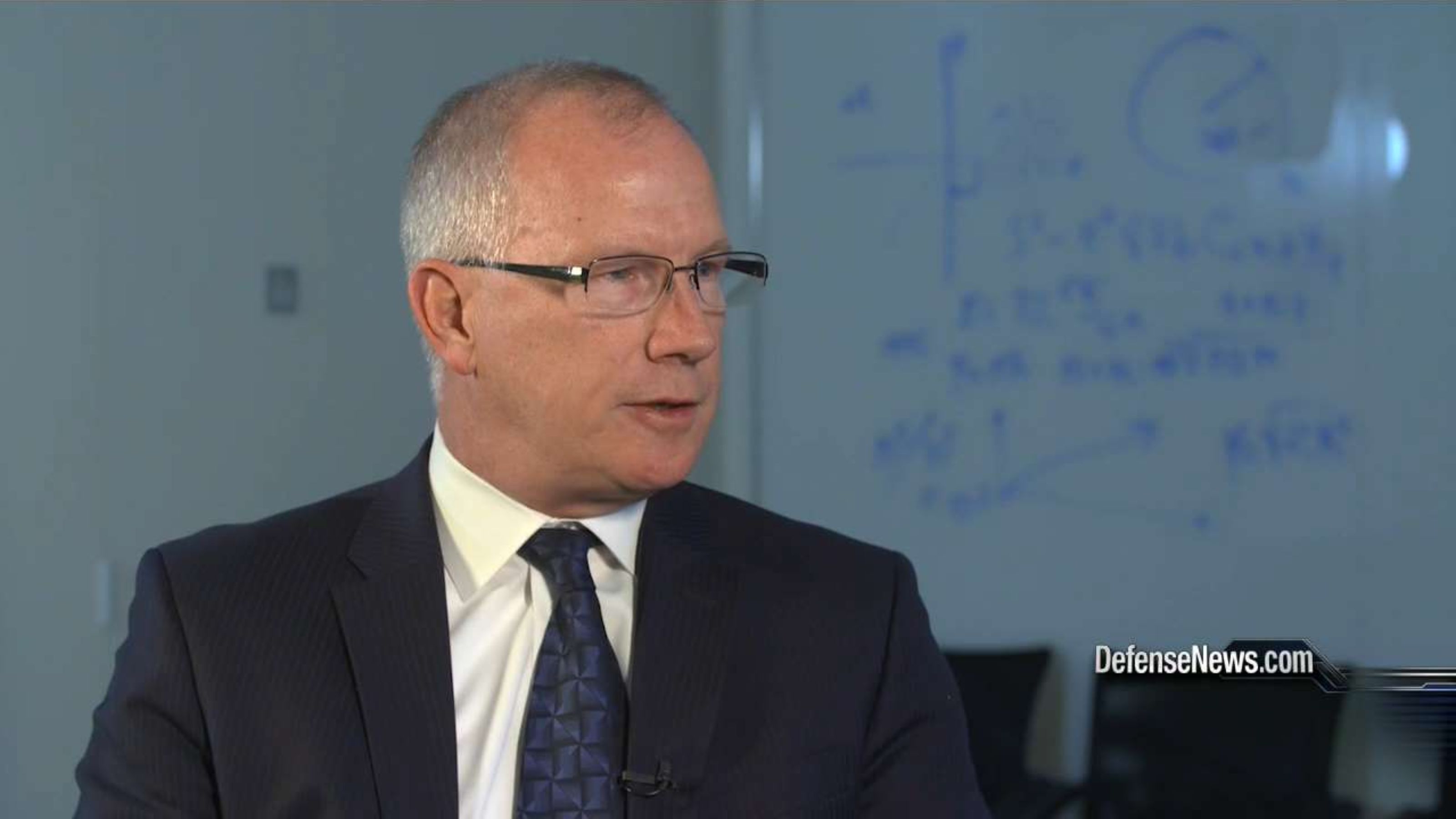Apr 25, 2016
Media unveils Russian battle robots for future warfare
Posted by Dan Kummer in categories: military, robotics/AI
It Looks exactly like Boston Dynamics cancelled Big Dog project, and it is armed with some kind of a Light machine gun. I said that cancelling the Big Dog project was a mistake. We Can’t Allow a robotics gap between the US and Russian/Chinese forces. And, the other side has absolutely no hang ups about arming their robots.
In his twitter page Igor Korotchenko, editor-in-chief of the Russian magazine Natsionalnaya Oborona (National Defense) has published the first-ever photos of Russia’s advanced biomorphic combat robot.
The alleged advanced biomorphic combat robot of Russia will move like a four legged animal and it will be equipped with a machine gun and guided antitank missiles, as suggested by the photos.
Continue reading “Media unveils Russian battle robots for future warfare” »
